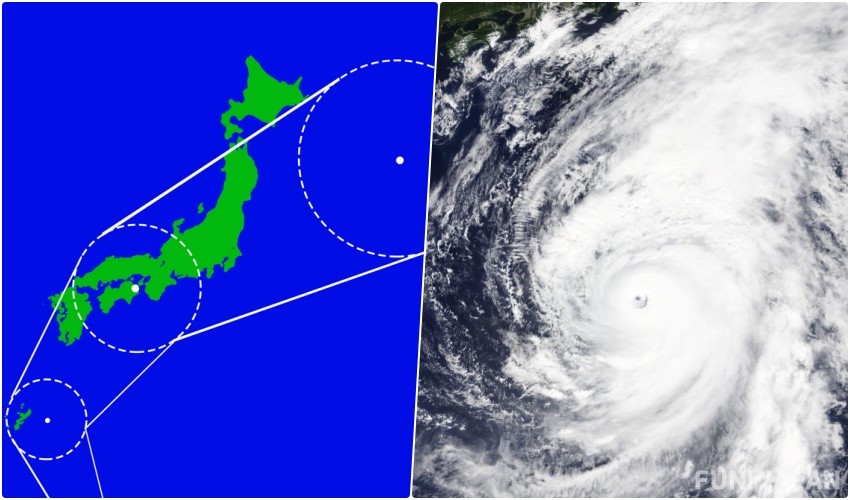
Once the rainy season ends, it's finally time for summer!
The summer season is perfect for visiting Japan. However, there is one archenemy to this season, that it's also the season of typhoons in Japan.
We're sure there are a lot of people out there that worry about a tropical storm or a typhoon appearing when they've arrived in Japan or are nearing their departure.
In this article, we're going to be looking into everything typhoons, including what they entail and what to do if you're in the middle of one during your trip.
About Typhoons
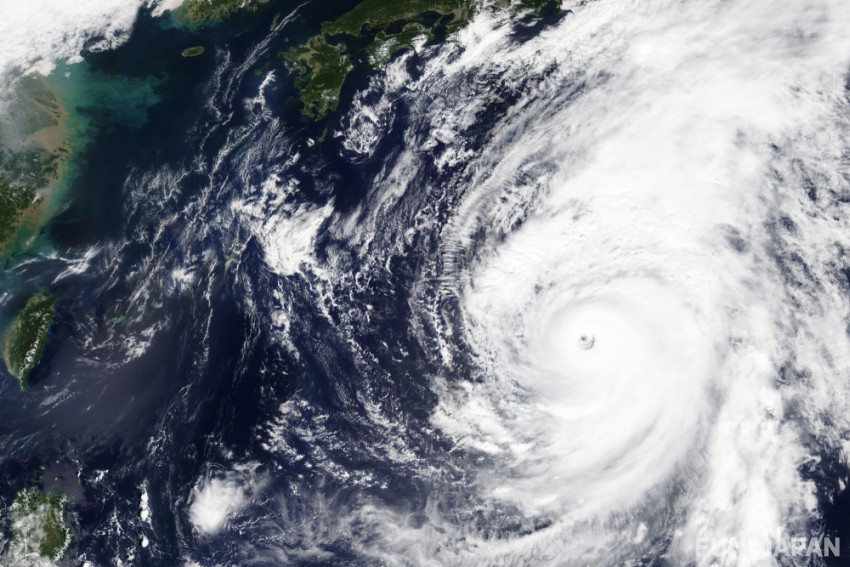
A typhoon is a tropical cyclone that exists on the NW Pacific Ocean or Southern China Sea with wind speeds exceeding 17 m/s. When explaining the rough approximation of a typhoon's power, size and strength are used.
Explaining a typhoon's strength
- Strong: Wind speeds exceeding 33m/s but below 44m/s.
- Extremely Strong: Wind speeds exceeding 44m/s but below 54m/s.
- Severe: Wind speeds exceeding 54m/s.
Explaining a typhoon's size
- Large: Wind speeds exceeding 15m/s with a radius of over 500km but below 800km.
- Extremely Large: Wind speeds exceeding 15m/s with a radius of over 800km.
Japan sees an increase in typhoons from July through October. During this time, there are high chances that business hours for businesses, public transport, and other services may change, so it's important to know beforehand.
Furthermore, there are chances of serious casualties depending on the severity of the typhoon. For example, typhoon 15 which was seen in 2019 saw house roof tiles being taken off due to the extreme winds and high rainfall in central Chiba Prefecture, there were also large-scale electrical blackouts. Typhoon 19 which was seen during the same year had record-breaking rainfall, seeing local rivers overflowing across the country causing floods, landfalls, electrical blackouts, the suspension of public transport, and more affecting the local lives of people across Japan.
How Many Typhoons Does Japan Experience Every Year?

Over the course of 30 years from 1991 to 2020, Japan has seen 25 typhoons, 12 of which have approached close to Japan, and 3 of which have hit Japan directly. (Reference: (Japanese) Meteorological Agency "Typhoon Statistics").
Not only this but during spring due to the low latitude, these typhoons may head towards the Philippines, but during summer the latitude increases. This causes the typhoons to go around the Pacific Ocean, eventually leading them towards both Japan and Taiwan.
There's no Alerts for Typhoons?! - How to Prepare
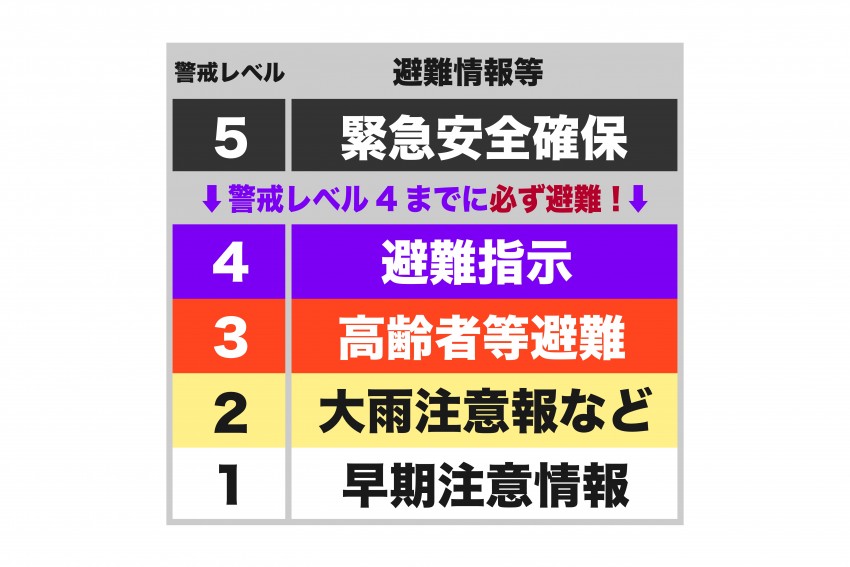
Most Japanese people will be familiar with typhoons and what to do about them. However, there's no actual alert system specifically made for typhoons!
If a typhoon has manifested and is getting close to Japan, make sure to check the location, direction, wind speed, storm area, and strong wind areas from the Japanese Meteorological Agency. Also, make sure you're checking for information regarding the heavy rainfall and strong winds that come alongside a typhoon which can induce high tides and other such things. Make sure to follow these steps and ensure you know all evacuation procedures prior to ensure you can protect yourself as best possible.
Check each level below.
Level 1(Preliminary Warnings):
When there are chances of an appearance of a typhoon or other such thing, it will usually be reported through a "Preliminary warning" up to 5 days in advance with a level of high or medium.
- What to do: Prepare yourself for the possibility of the incoming threat.
Level 2(Heavy Rain, Flooding, High Tide Warnings):
An amber alert will be put out, with cautions regarding heavy rainfall announced.
- What to do: Ensure you know your evacuation procedures. Check the hazard zones around your area, and figure out your plan of evacuation in the event that it's required.
Level 3(Evacuation of High-risk Citizens (Elderly etc.):
A red alert will be put out, with heavy rainfall (landslides), flooding alerts, and other such events.
- What to do: High-risk citizens and the elderly should evacuate at this point. Other people should ensure they prepare themselves for evacuation and move under one's own initiative.
Level 4(Evacuation):
A purple alert will be put out, landslide caution and information, flooding information, high-tides, and other such special information will be provided.
- What to do: Evacuate immediately to the nearest safe zone.
Level 5(Urgent Safety Measures):
A black alert will be put out, special information regarding extreme rainfall, flooding, and other information will be given.
- What to do: Prioritize your own life over all else. This alert will mostly be given after a natural disaster has been confirmed, meaning you won't always be able to evacuate, and your life may be at risk. Proceed to determine if your current area or nearby area is safest and make informed decisions to survive.
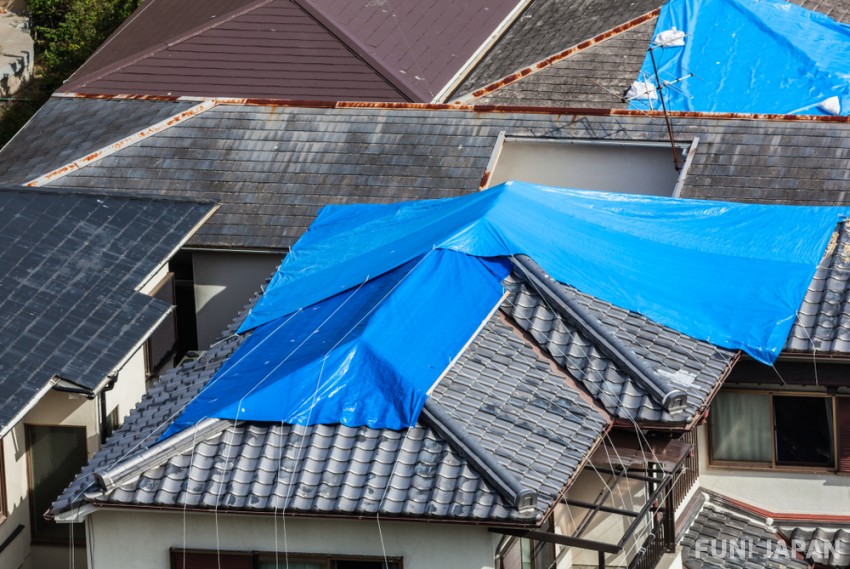
After a typhoon has appeared, it's impossible to perfectly predict how fast it will move or if it will directly hit Japan or not. It's because of this that secondary disasters due to heavy rainfall and strong winds are extremely common. In the event that a typhoon has been confirmed, ensure to take as many precautions as possible. This includes things such as strengthening your windows, having an evacuation kit on hand, and making sure you have enough dry foods and water on standby. Furthermore, in the event that there's a rainstorm, do not leave your residence for any reason not completely necessary.
Typhoon Influences
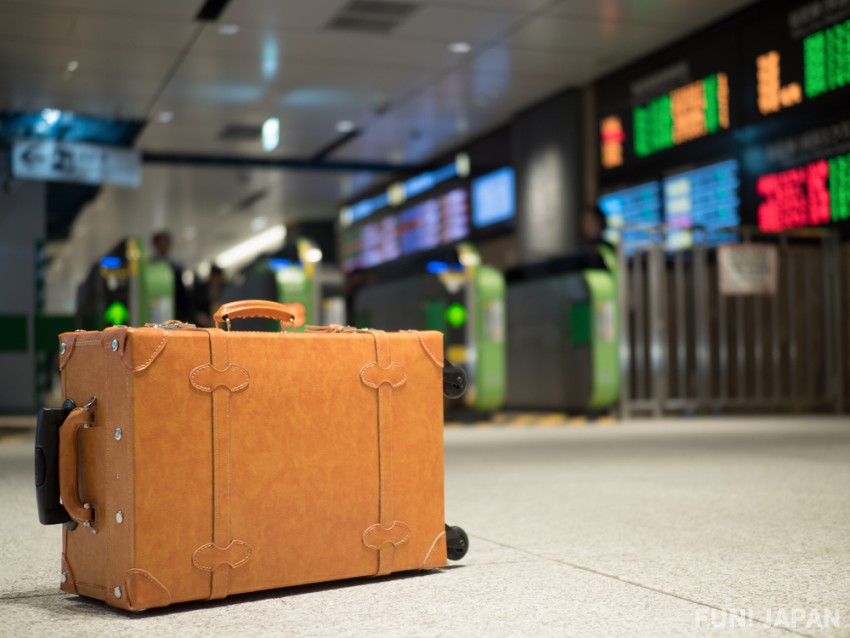
Due to the heavy rainfall and strong winds that come alongside a typhoon, many public transportation methods and other institutions can close or have shortened business hours. If you have a flight during a typhoon, it's very possible that it may be delayed, canceled, or changed, so make sure to ask your airline for all the details.
Also, if you're in Japan when a typhoon hits, there may be delays in transport required for you to reach your destination, delays on train lines, and other such things. Make sure to ask each company that you're traveling with about the details of what's happening.
Some Trivia about Words Relating to Typhoons - What is Making Landfall?
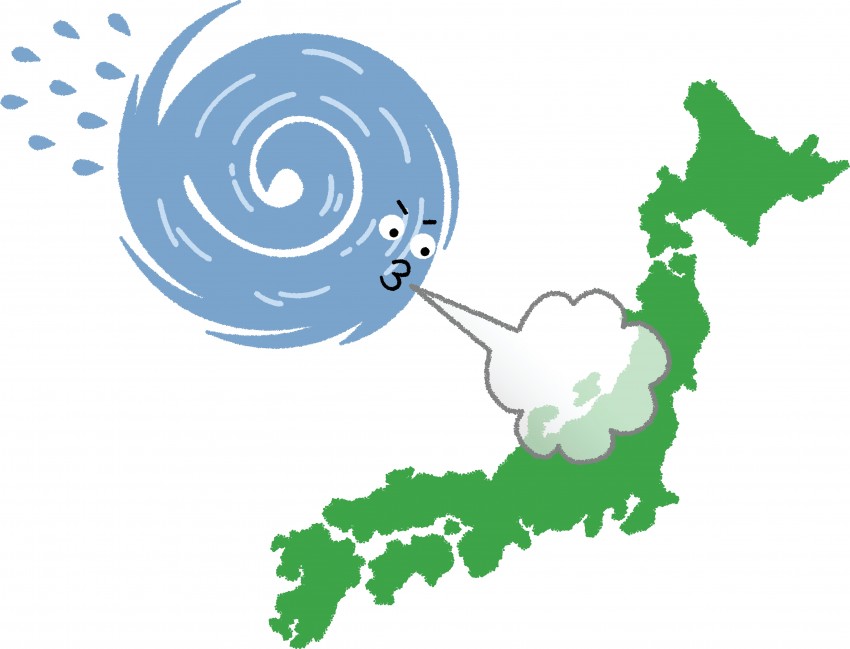
Let's take a look at some trivia and information regarding the language used when talking about typhoons.
A Typhoon Making Landfall
A typhoon making landfall refers to the heart of the storm reaching the coast of Japan (Hokkaido, Honshū, Shikoku, Kyushu, etc.). Furthermore, it can be used the typhoon might hit smaller islands or peninsulas multiple times in a short period of time.
It's because of this that for example, with Okinawa, a typhoon does not make landfall but instead passes by or through. This also means that any prefecture without a coast cannot have a typhoon "make landfall".
The Typhoon Ginza
Have you ever heard of the term "The Typhoon Ginza"? Ginza itself has a lot of people going through it and is a bustling town. It's because of this that "The Typhoon Ginza" refers to locations where typhoons often hit and cause damage. These locations include Okinawa, Kyushu, the Shikoku Region, and the Kinki Region.
Japanese People Go to Work Even During Typhoons?!
Large-scale typhoons often hit Japan. Especially in the Kyushu and Okinawa Regions, most people understand that they'll see at least 1 typhoon every single year. This also means that typically, people don't rest from work during this period, even if a typhoon has been confirmed.
This is not only the companies themselves staying open, but a lot of Japanese people don't see a typhoon as a reason to rest from work either, with people even staying at nearby hotels and other such lodging facilities a day before a typhoon hits in case the trains aren't running the following day.
However, in recent years, these unspoken rules have become less and less common, changing for the better.
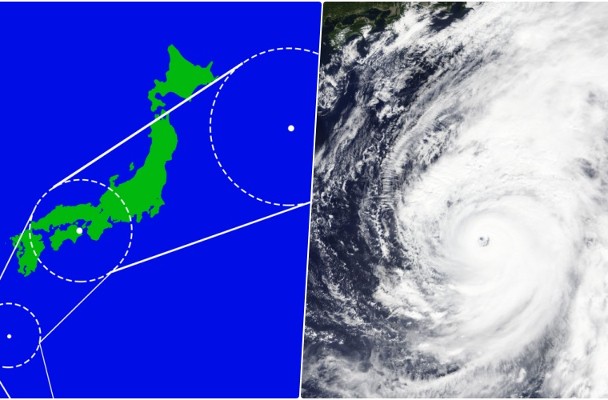
Comments